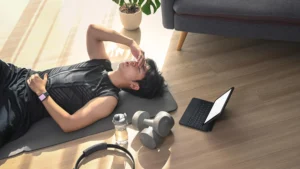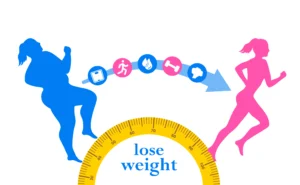Painful Knee Ligaments and Tendons

Ligaments and tendons are soft tissues thus most injury that occurs in the knee tend to affect these body parts. Usually the damage that occurs to the ligament and tendons are related to some sort of sporting activity or trauma.
Ligament injuries
Ligaments are used to connect one bone to another. in the knee there are four main ligaments, on the outside of the joint there are the medial collateral ligament and the lateral collateral ligament, both purpose is to provide stability and limit sideways movement. On the interior of the joint there are the anterior cruciate ligament and the posterior cruciate ligament. These stabilise the knee when it is in different positions, particularly in forward and backward movements of knee joint.
Ligaments can be torn or ruptured under increased tension. Injury to ligament usually falls into 3 categories, grade1, 2 and 3. Grade 1 occurs when there is a sprain but no tearing of the ligament, grade 2 is when there is partial tearing of the ligament and grade 3 is when there is complete tearing of the ligament. The higher the grade of injury the more excruciating the pain, the pain is usually accompanied by swelling.
Tendon injury
In and around the knee joint are several tendons, the main purpose of the tendon is to connect the muscles of the leg to the bone. The tendons in the knee that are most often injured are the quadriceps tendon, Patella Tendon, Illiotibial Band and the hamstring tendon. The quadriceps, patella, and hamstring tendons are often afflicted by tendonitis, which is occurs when the normal motion of the tendon is impeded usually by tension or trauma. This causes the tendon to become inflamed making movement very painful. Injury to the Illiotibial Band is usually caused by a phenomenon known as friction syndrome, which results in the tendon becoming irritated. Contributing factors are tight quadriceps muscles and biomechanical abnormalities.
Symptoms and treatment
Symptoms for most soft tissue injuries are the same and the same can be said for treatment methods. The simplest of treatment for soft tissue injury (STI) is rest, and if possible do so while keeping the leg in an elevated position which can be achieved through the use of a pillow. Swelling can be reduced by applying ice to the damaged area; another treatment method is to compress the joint by applying bandage to the affected area. Pain killers and non-steroidal anti-inflammatory medication may also be used to treat the problem.
In cases where damage is severe then physiotherapy to strengthen supporting muscles might be required for full recovery. In some cases though rare unless you are a professional athlete surgery will be required to repair the damaged soft tissue.
It is highly recommended that one avoids consuming alcohol or massaging the affected area in the initial stages of the injury as this can increase bleeding and swelling. It is also recommended that one avoid exercising and applying heat to affected area.
Tendons and ligaments are vital to the normal function of the knee however due to the fact that they are soft tissue they tend to be a bit more fragile than the other structures of the knee joint, the proper protection of these structures should be top priority.





